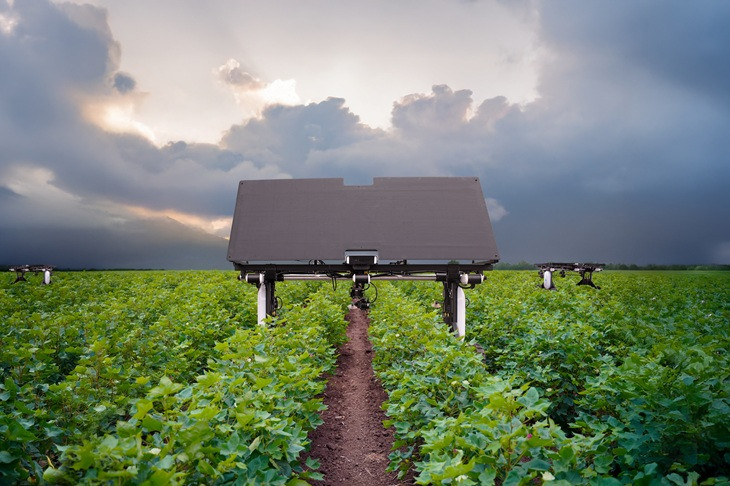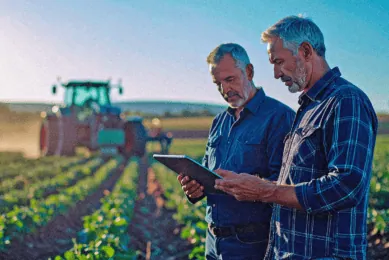Aigen launches solar-powered Element gen2 robot for weeding crops

Solar-powered Element gen2 robot now operating on Bowles Farming Company fields, available for purchase with 2026 delivery
U.S.-based ag-tech company Aigen has unveiled the Element gen2, its second-generation, fully autonomous weeding robot powered entirely by solar energy. The launch coincides with a new strategic partnership with Bowles Farming Company, a large family-run operation in California’s Central Valley. Aigen’s robotic crews are now actively working in Bowles’ cotton fields during the 2025 season, marking the company’s expansion into new crop types.
Smarter robot, broader crop support
The Element gen2 builds on over 10,000 hours of field use with an upgraded frame that is both wider and taller, making it compatible with cotton, soy, and sugar beet fields. The robot uses onboard AI and stereo depth sensors to detect and eliminate weeds using precise mechanical strikes, entirely without the use of herbicides.
According to Aigen, the updated version delivers:
50% more solar power capacity Four times faster onboard AI computing Improved stereo depth vision for better weed targeting Full-season autonomous field operation Designed to stay in the field
Future Farming learned during the FIRA USA 2024 event that the Element robot is designed to stay in the field all season long, without returning to a base or refueling station. The robot uses RTK GPS path data from the planter to navigate fields accurately and perform consistent daily weed control.
Each Element robot can cover up to 20 acres (8 hectares) autonomously. In 2025, 50 units are operational, of which 30 are running across three farms.
“With Element gen2, we’ve applied everything we’ve learned about what farmers actually need in a practical weeding solution,” said Kenny Lee, CEO of Aigen. “Working with Bowles Farming validates that our system works in real-world conditions with economically viable performance.”

Pricing and availability
Aigen’s Element robot is available for purchase at $50,000 (€47,000) per unit, with an additional $20,000 (€18,500) fee per robot fleet for system coordination and software services. The company expects to scale further in 2026 across the U.S., focusing on large-scale growers looking for chemical-free weeding alternatives.
Join 17,000+ subscribers
Subscribe to our newsletter to stay updated about all the need-to-know content in the agricultural sector, two times a week.



